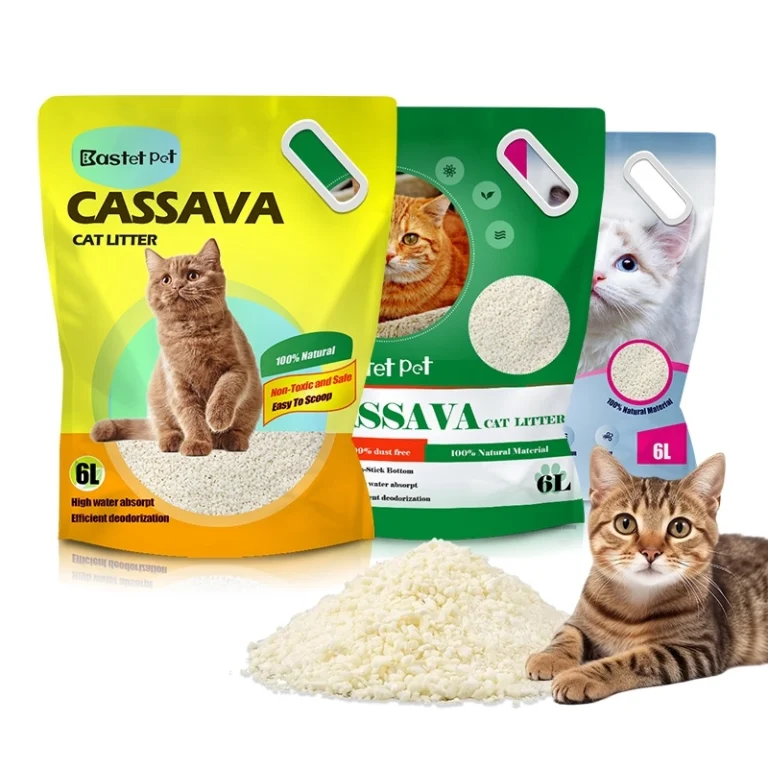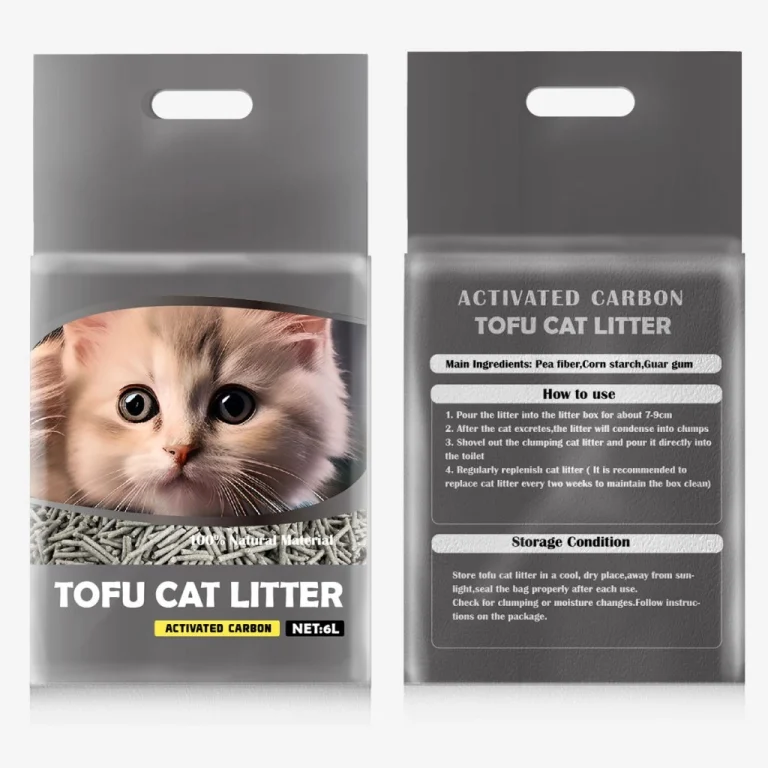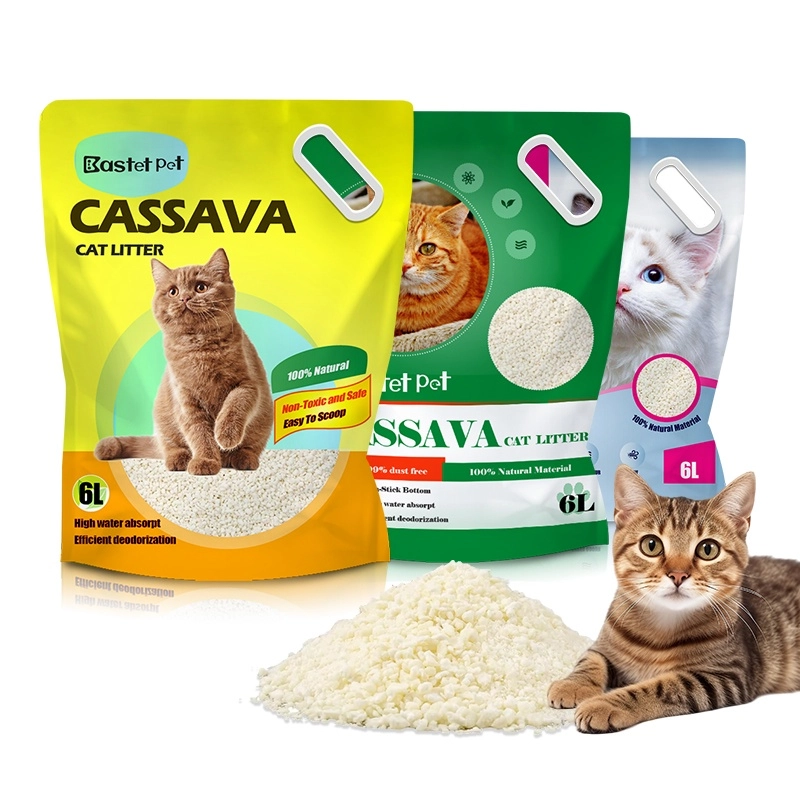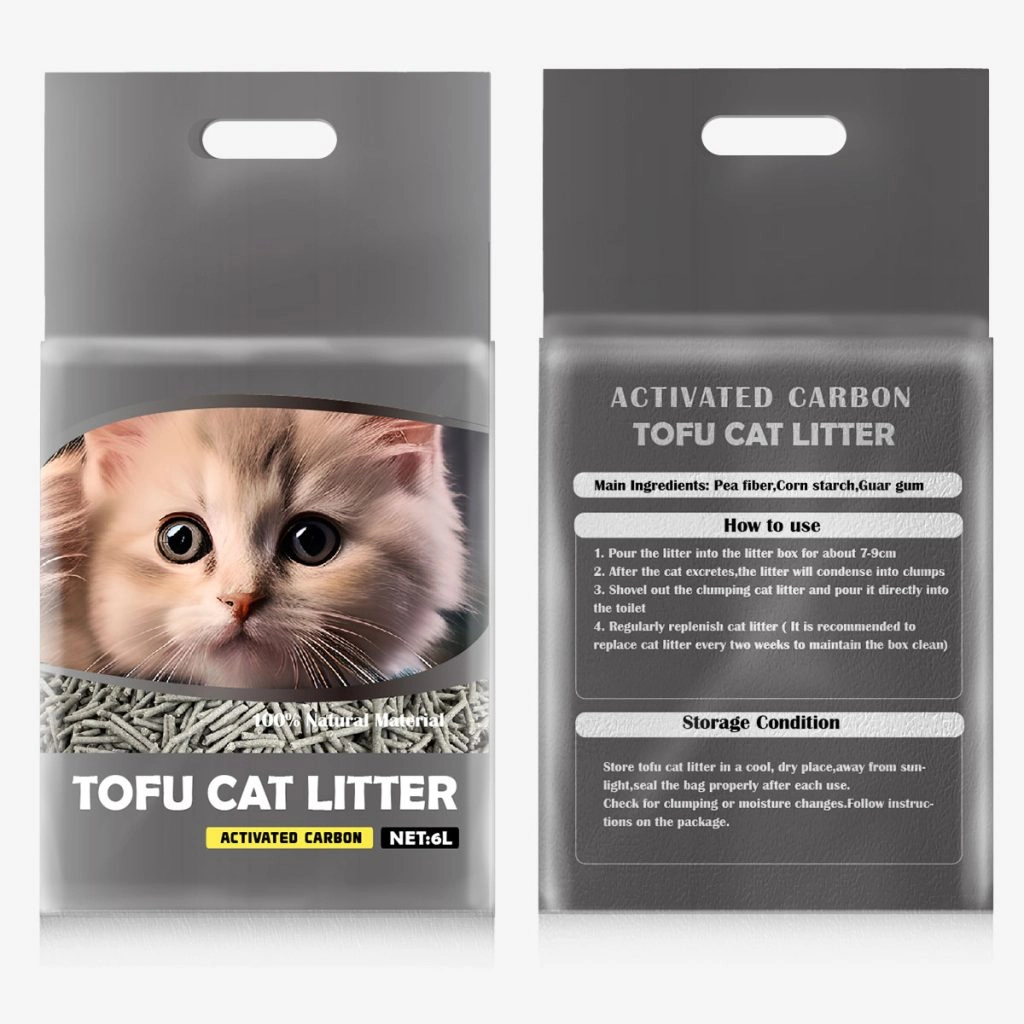Overview of the Global Cat Litter Market
Current Market Size and Growth Projections
The cat litter market thrives. Pet ownership grows yearly. Hygiene awareness rises too. Urban areas expand fast. Cats become popular companions. Demand for litter surges. Innovative products drive sales. The market expands steadily. A notable CAGR is expected. Asia-Pacific shows strong growth. Incomes rise there. Pet numbers climb. Global sales hit billions. Growth continues through 2030.
Urban homes need solutions. Small spaces favor cats. Litter demand follows. Asia-Pacific adds 10% yearly. China and India lead. Disposable incomes fuel spending. Premium litters gain traction. Market size grows by 15%. Projections stay robust. This sector is booming.
Key Factors Driving Market Expansion
Several elements propel growth. Convenience is a priority. Pet owners seek ease. Low-maintenance litters sell well. Eco-awareness shapes choices. Green products gain favor. Technology improves litters. Clumping features attract buyers. Odor control is key. Consumers value innovation.
Busy lifestyles demand simplicity. Scoopable litters save time. Eco-friendly options cut waste. Biodegradable litters rise by 20%. Advanced formulas lock odors. Fragrances add appeal. Market growth hits 8% yearly. These factors drive demand. Innovation keeps pace. Sales climb steadily.
Challenges Impacting Market Growth
Growth faces hurdles. Raw material costs fluctuate. Non-green litters raise concerns. Awareness lags in some areas. Advanced litters aren’t known. Market reach is limited. Manufacturers need solutions. Sustainability is critical. Innovation must address costs. Challenges slow progress. Action is needed.
Clay prices vary 10% yearly. Landfill waste worries buyers. Rural areas lack education. Only 30% know green options. Firms invest in outreach. R&D cuts costs by 5%. Sustainable practices gain trust. Challenges persist globally. Smart strategies are vital. Growth stays possible.
Innovations and Trends in Cat Litter Products
Eco-Friendly and Biodegradable Cat Litter Options
Sustainability shapes trends. Eco-friendly litters rise fast. Tofu-based options lead. Wood pellets are popular. Recycled paper gains use. BASTET (Tianjin) Pet Products Co., Ltd. excels here. Their tofu litter uses pea fiber. Corn starch adds strength. These absorb 3x their weight. Odors are controlled. Dust is minimal. Flushable litters save hassle. Green choices cut waste.
Tofu litters degrade in 30 days. Clay takes centuries. Pet owners choose green. Sales of eco-litters grow 25%. Flushable options save 10% time. Dust drops by 80%. BASTET’s products shine. They meet eco-needs. Consumers trust them. Sustainability drives sales.
Technological Advancements in Cat Litter Products
Tech transforms litters. Clumping formulas improve daily. Sodium bentonite is key. It forms tight clumps. Cleaning is simple. Bentonite cat litter cuts dust. Odors last 7 days. Fragrances like coffee bean add flair. Green tea scents soothe. Functionality stays high. User experience improves.
Clumping saves 50% litter. Dust-free formulas protect lungs. Fragrances mask smells. Sales rise by 15%. Bentonite mines expand 5% yearly. Tech cuts scooping time. Litters perform better. Innovation draws buyers. These advances are game-changers. Market share grows.
The Rise of Clumping and Odor-Control Litters
Clumping litters lead sales. They simplify cleanup. Moisture forms solid clumps. Scooping is quick. Entire boxes stay fresh. Odor-control litters trap smells. Multi-cat homes need this. BASTET’s Crush Bentonite Cat Litter excels. It absorbs 400% moisture. Fragrances enhance use. Efficiency drives demand.
Clumping litters save 30% cost. Odor control lasts 10 days. Multi-cat homes buy 40% more. BASTET’s formula clumps in 5 seconds. Fragrances boost appeal. Sales grow 12% yearly. These litters dominate. They meet real needs. Consumers choose them. Trends favor function.
Market Segmentation Analysis
By Product Type: Clumping vs. Conventional Litters
Market splits by type. Clumping litters rule. They’re easy to use. Maintenance is low. Conventional litters lag behind. Cost is their edge. Efficiency wins buyers. Clumping holds 60% share. Conventional drops 5% yearly. Trends favor convenience.
Clumping saves 20% time. Conventional needs full changes. Buyers pick ease. Clumping sales rise 10%. Conventional suits budget shoppers. Only 30% choose it. Market shifts fast. Clumping leads strongly. It’s the top choice. Convenience drives sales.
By Raw Material: Clay, Silica, and Alternative Materials
Litters vary by material. Clay is widely used. Bentonite is affordable. Silica gel crystals absorb well. Tofu litters are green. Wood pellets gain fans. BASTET offers crystal cat litter. Their OEM/ODM services shine. Clay holds 50% market. Green options grow 15%. Sustainability shapes choices.
Clay costs $0.50 per pound. Tofu is $1 but green. Silica suits 20% of users. Biodegradable litters rise 25%. BASTET’s crystals last 30 days. Green demand spikes. Materials define trends. Buyers seek eco-options. Market evolves fast. Alternatives gain ground.
By Distribution Channel: Online Platforms vs. Retail Stores
Channels shape access. Online sales soar high. Convenience draws buyers. Wide ranges are offered. Doorstep delivery saves time. Retail stores serve tradition. Shoppers touch products first. Omnichannel strategies grow. Online holds 40% share. Retail drops 5% yearly.
E-commerce grows 20% yearly. Amazon sells 30% of litter. Retail suits older buyers. Stores stock 10 brands. Online offers 50. Buyers save 15% online. Channels blend smartly. Firms reach all buyers. Digital leads growth. Convenience wins out.
Regional Insights into the Cat Litter Market
North America’s Dominance in the Cat Litter Industry
North America leads globally. Pet ownership is high. Hygiene is a focus. Advanced litters sell well. Clumping options are favored. Odor control is key. Retail is strong here. Supermarkets stock widely. E-commerce grows fast. Bentonite cat litter shines. It’s dust-free and clumps. Demand rises 8% yearly.
The U.S. has 90 million cats. Owners spend $30 monthly. Bentonite holds 60% share. E-commerce takes 35% sales. Retail offers 20 brands. Innovation drives demand. North America stays ahead. Infrastructure supports growth. Buyers seek quality. Market thrives here.
Emerging Markets in Asia-Pacific and Europe
Asia-Pacific grows quickly. Incomes rise steadily. Cat ownership climbs. China adds 5 million cats yearly. Japan loves premium litters. South Korea buys green. BASTET (Tianjin) Pet Products Co., Ltd. leads. Their tofu litters use soybean fiber. Eco-buyers trust them. Sales grow 12% yearly.
Europe sees opportunity. Germany values hygiene. France adopts cats fast. The UK buys green litters. Wood pellets rise 10%. Biodegradable options gain 15%. Markets expand steadily. Awareness drives sales. Eco-trends shape choices. Growth is strong.
Regional Preferences for Raw Materials and Product Types
Regions choose differently. North America loves clay. Bentonite is cheap. It clumps well. Asia-Pacific picks tofu. It’s flushable and green. Soybean fiber absorbs fast. Europe likes silica crystals. They’re clear and clean. Green options grow 20%. Preferences reflect culture.
Clay dominates 70% in the U.S. Tofu takes 40% in China. Silica suits 30% in Germany. Biodegradable litters save 50% waste. Regional tastes vary. Eco-awareness shifts trends. Materials define markets. Buyers choose smartly. Trends evolve fast. Sustainability gains ground.
Competitive Landscape and Future Opportunities
Leading Companies in the Global Cat Litter Market
Competition is fierce. Big brands lead innovation. BASTET (Tianjin) Pet Products Co., Ltd. stands tall. Their tofu litter is green. OEM/ODM services customize well. Other firms add fragrances. Green tea scents sell fast. Honey peach draws buyers. Clumping tech improves. Market share shifts yearly.
BASTET exports to 50 countries. Their litters last 30 days. Competitors innovate 10% yearly. Fragrances boost sales 5%. Big firms hold 60% market. Small brands grow fast. Leaders invest in R&D. They meet buyer needs. Competition drives quality. Innovation is key.
The Role of E-commerce in Expanding Distribution Channels
E-commerce transforms sales. Online access is easy. Buyers browse 100 options. Delivery saves time. Asia-Pacific shops digitally. Platforms like Alibaba lead. Feedback shapes products. Retail costs drop 20%. E-commerce takes 45% sales. Growth hits 25% yearly.
Online ads target 70% of buyers. Reviews boost trust. Platforms stock 50 brands. Delivery takes 2 days. Firms save 15% on stores. E-commerce reaches rural areas. Channels expand fast. Buyers love convenience. Digital sales soar. Market access grows.
Opportunities for Sustainability-Focused Brands
Green brands have a chance. Eco-awareness is rising. Biodegradable litters sell well. Flushable options save waste. Renewable materials draw buyers. Transparency builds trust. Brands show sourcing clearly. Sales of green litters rise 30%. Opportunities are vast. Sustainability leads growth.
Flushable litters cut 40% landfill. Tofu degrades in weeks. Brands certify green claims. Buyers trust clear labels. Green sales grow 20% yearly. BASTET leads eco-trends. Innovation saves 25% waste. Brands gain loyalty. Future is green. Market rewards eco-efforts.
Frequently Asked Questions
What factors contribute to North America’s dominance in the cat litter industry?
High pet ownership drives demand. Clumping litters are popular. Retail and e-commerce thrive.
Why is tofu-based cat litter gaining popularity?
It’s eco-friendly and flushable. Dust is low. Absorption is high. Natural ingredients shine.
How does e-commerce influence the distribution of cat litter products?
It offers wide access. Delivery is convenient. Buyers reach more options.
Which raw materials are commonly used in different regions?
North America picks clay. Asia-Pacific loves tofu. Europe buys silica and green options.
BASTET (Tianjin) Pet Products Co., Ltd.’s customization service allows businesses to tailor packaging or products according to specific requirements.











